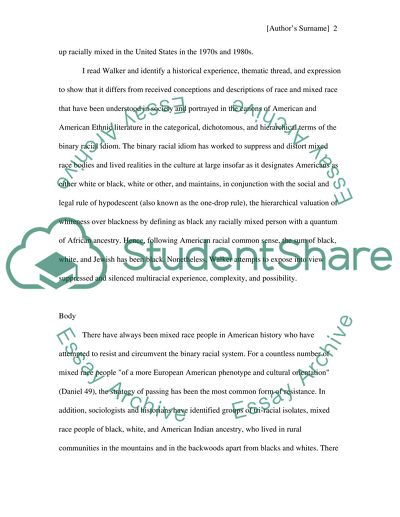Cite this document
(“Rebecca Walker Essay Example | Topics and Well Written Essays - 2500 words”, n.d.)
Retrieved from https://studentshare.org/gender-sexual-studies/1393857-sara-jones
Retrieved from https://studentshare.org/gender-sexual-studies/1393857-sara-jones
(Rebecca Walker Essay Example | Topics and Well Written Essays - 2500 Words)
https://studentshare.org/gender-sexual-studies/1393857-sara-jones.
https://studentshare.org/gender-sexual-studies/1393857-sara-jones.
“Rebecca Walker Essay Example | Topics and Well Written Essays - 2500 Words”, n.d. https://studentshare.org/gender-sexual-studies/1393857-sara-jones.


